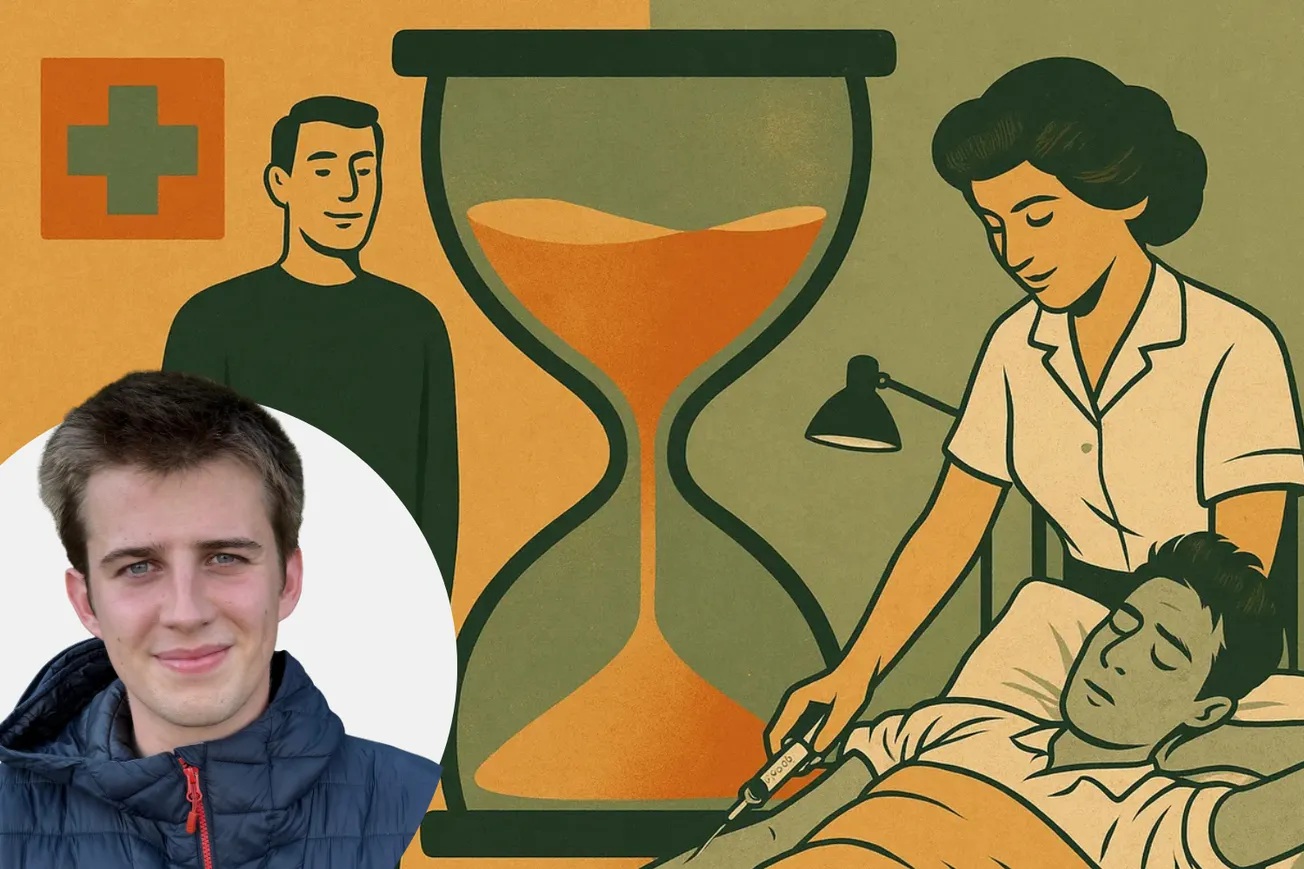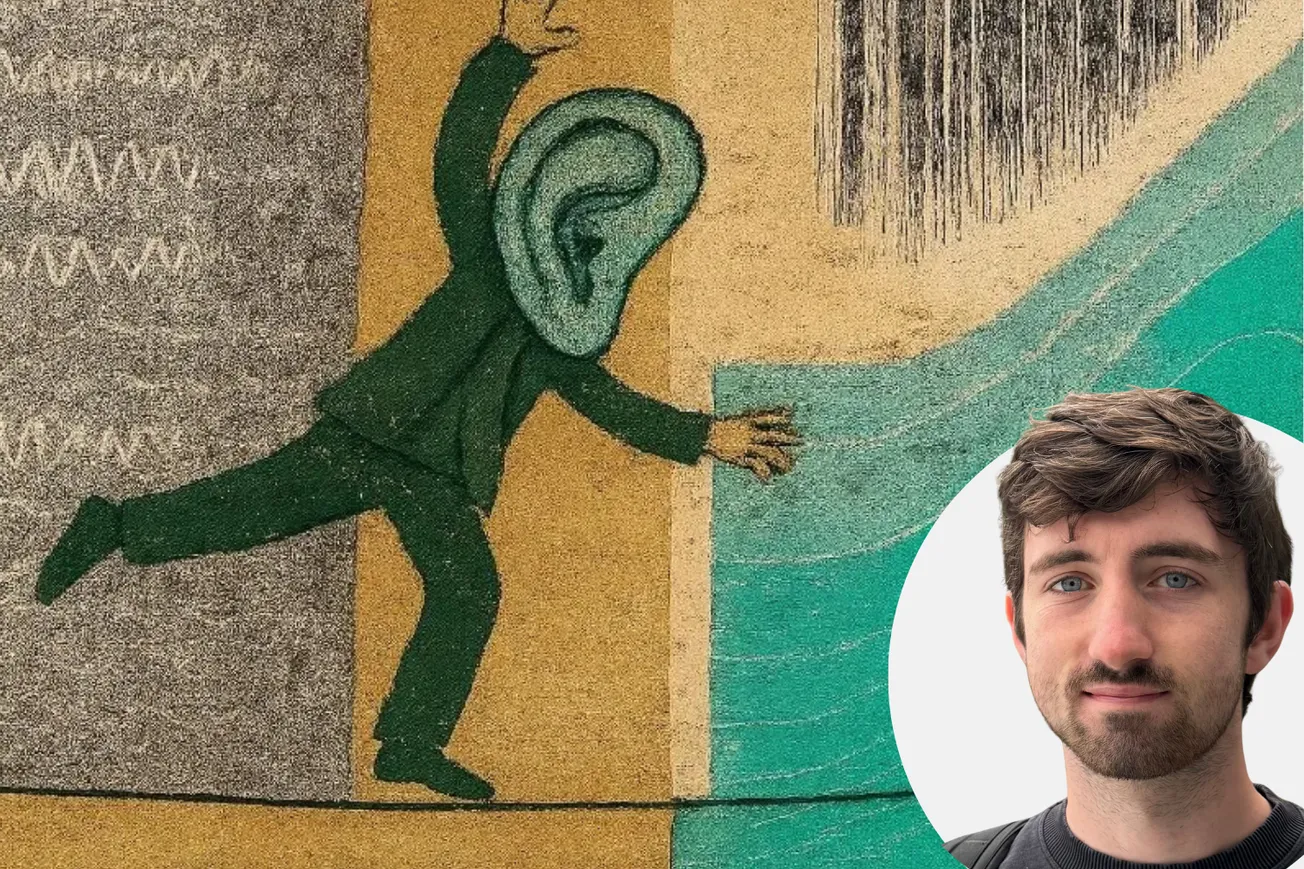Table of Contents
Introduction
On December 3, 2024, South Korean President Yoon Suk-Yeol declared martial law, citing threats from “anti-state” parties. Among the six decrees issued under the Martial Law Command Proclamation, one specifically targeted resident physicians who had resigned in February 2024, mandating their “return to work” within 48 hours under the threat of “execution” [1].
The unprecedented action placed physicians, integral to South Korea's high-quality and accessible healthcare system, under severe threat.
The decree portrayed physicians as obstacles to public safety and empowered military authorities to arrest non-compliant doctors. Although martial law was lifted only hours after enactment, the incident significantly altered the relationship between physicians and the South Korean state. It has raised questions about balancing two important values: medical professionals' autonomy and the state's duty to protect public health.
This article aims to provide context for understanding why physicians were targeted and what this means for South Korea’s healthcare system.
Historical Context
The true civilian government in South Korea was inaugurated in 1992 when Kim Young Sam became president by winning a popular vote. This marked the end of decades of authoritarian rule, including Japanese colonisation, the Korean War, and post-war military regimes.
During South Korea’s economic boom in the 1970s and 80s, social values aligned with the belief that the state apnd a powerful president could limit citizens' basic rights for the sake of public welfare. The notion that the government should oversee health-related matters to ensure economic prosperity gained widespread acceptance.
Consequently, the monopoly of a single government-run health insurance entity faced little public opposition. Korean right-wing parties have traditionally endorsed sacrificing individual freedoms for the nation's greater good - a stance reflected in former prosecutor President Yoon. His view of a democratic state inevitably clashes with that of the younger generation, including resident physicians.
Residents’ Mass Resignation
Since February 2024, over 90% of resident physicians in South Korea have resigned in protest of government healthcare reforms that would abruptly increase the national medical school quota by 66% in 2025. The government’s plan to flood the system with more physicians without addressing underlying systemic issues frustrated healthcare professionals and eroded trust in the government’s commitment to implementing long-term solutions [2].
These tensions were evident well before the mass resignation. South Korean doctors operate exclusively within the National Health Insurance Service (NHIS), which imposes state-controlled pricing for medical services. The NHIS sets fees for insurance-covered services below actual costs incurred by the provider, forcing hospitals to rely on often unnecessary, out-of-pocket services to remain financially viable [3].
The NHIS’s predecessor, founded in 1977 by a military government, initially set service fees below cost to make healthcare accessible for low-income citizens. Despite South Korea’s economic growth, the government has continued to exert considerable control over the medical community to maintain low fees. Calls from doctors to normalise service fees have gone largely unrecognised.
Destabilization of Healthcare
The mass resignation of resident physicians severely disrupted South Korea's healthcare delivery, particularly affecting tertiary teaching hospitals that heavily relied on the resident workforce. Patient throughput in these hospitals plummeted, and nationwide mortality rates in emergency rooms show year-over-year increases [4].
To prevent hospitals from shutting down, the government has allocated nearly 140 million USD in monthly emergency funds [5]. President Yoon’s administration faced immense pressure to resolve this healthcare crisis. However achieving both goals, pursuing healthcare reforms unilaterally and maintaining essential medical services, proved to be unattainable.
Escalation of Authoritarian Measures
Since February 2024, resigned residents have faced significant restrictions on their civil freedoms and professional autonomy. The government ordered teaching hospitals not to process their resignations, threatened them with license suspensions, and attempted to interfere with their ability to obtain foreign visas [2, 6].
Even before the martial law declaration, these measures, which disregard international principles for safeguarding healthcare professionals [7], had exacerbated physicians’ mistrust and hostility towards the government.
Furthermore, the lack of private health insurance networks, which physicians could legally work with, leaves them consistently vulnerable to unilateral government policy implementations.
The upcoming ruling by the Korean Constitutional Court on the lawsuit filed by resigned residents will set a precedent for the extent to which physicians’ right to resign can be limited in the interest of public health [8].
Failed Negotiations
To resolve the medical crisis, a working group was formed in November 2024, comprising of the government, ruling and opposition parties, and part of the medical community. Representatives of the resigned residents were never included. In early December 2024, the body disbanded as the Korean Academy of Medical Sciences and the Korean Association of Medical Colleges withdrew, citing the government's unwillingness to compromise [9].
As a result, the government lost its sole channel for negotiating the terms for young physicians to fill residency positions in 2025. Several days after the dissolution, martial law was declared.
President Yoon’s approval rating was plummeting due to the healthcare crisis and concern about meddling in the general election. The ruling party’s minority status in Congress prevented him from passing legislation. With martial law, he intended to disband Congress, push through legislation and force the resigned residents to resume working at their previous institutions.
Korea’s constitution permits a martial law state only with formal endorsement from cabinet members to address national-level threats. However, no formal cabinet meeting was held.
The use of martial law in South Korea to resolve a professional dispute was unprecedented.
Pathways to Collaboration and Rebuilding Trust
After 12 months of healthcare disruptions in South Korea, there is still no resolution in sight. Just 2.2% of the residents who resigned have reapplied for residency in 2025 [10].
Only a fraction of new physicians and board-certified specialists will begin practising this year.
Rebuilding trust between the medical community and the government must be the initial focus. To achieve a meaningful, long-term solution to healthcare provision and workforce planning, a consultative body involving all parties and stakeholders should be reconstituted.
The current state of healthcare needs to be objectively appraised to determine the overarching goals of the collaborative, rather than unilateral, reform body. Its constituents and agenda should be open to the public. Accurate projection models are essential for estimating future physician workforce needs.
The coercive subjugation of physicians, as witnessed during the 2024 martial law crisis, should not be repeated. Preventative safeguards in the form of written legislation should be implemented to guarantee physicians’ right to resign.
Conclusion
The 2024-2025 South Korean healthcare crisis provides valuable lessons for healthcare systems worldwide, illustrating the impact of political instability on healthcare policy reforms and the consequences of eroded trust between medical professionals and regulatory bodies.
Escalating professional disputes to matters of state affairs risks destabilising healthcare systems and undermining the dedication of healthcare professionals to patient care. This crisis underscores how even an established national healthcare system can rapidly deteriorate when relations between professionals and the government break down.
Unilateral enforcement of policies, such as through martial law, cannot compel the compassion and dedication needed for quality healthcare delivery. This crisis has evolved beyond a dispute over medical school quotas into a fundamental question about the relationship between medical professionals and the state.
Critical questions now surround the legitimacy of the mandatory bind between Korean physicians and the government-led NHIS.
References
1 - Park J. Full text of South Korea’s martial law decree. Reuters [Internet]. December 3, 2024. https://www.reuters.com/world/asia-pacific/full-text-south-koreas-martial-law-decree-2024-12-03/ Accessed February 20, 2024.
2 - Park J, Shin CH, Lee J-Y. Why Did All the Residents Resign? Key Takeaways From the Junior Physicians’ Mass Walkout in South Korea. J Grad Med Educ. 2024;16(4):402-406. doi:10.4300/jgme-d-24-00227.1
3- Kim Y, Kim N-E, Kim Y-H, et al. 신포괄수가제 모형 개선 및 의료 질 관리 방안 연구 [Study on improving the new comprehensive payment model and medical quality management strategies]. HIRA Research 2 [Internet]. January 2020. https://repository.hira.or.kr/handle/2019.oak/2272
4 - Kim H-K. 의료대란 이후 응급실 내원환자 사망률 전년대비 32% 증가 [After Medical Crisis, the mortality rate among patients visiting Emergency Rooms increased 32% year-over-year]. 의학신문 [Medical News] [Internet]. September 27, 2024. http://www.bosa.co.kr/news/articleView.html?idxno=2231986 Accessed February 4, 2024.
5 - The Korea Times. Gov't to offer more funds for emergency care amid protracted walkouts by doctors. The Korea Times National. May 7, 2024 [Updated May 8, 2024]. https://www.koreatimes.co.kr/www/nation/2024/12/113_374129.html Accessed December 24, 2024.
6 - de Beer A, Werner AS, Kim S, Jenne FA. Professional Resistance: Why Korean Medical Students are Boycotting Over Increasing Medical School Places. Perspect Med Educ. 2024;doi:10.5334/pme.1426
Author: Anna de Beer is reading for an MBBS at Barts and the London School of Medicine and Dentistry and holds a First Class Honours BSc in Medicine from the University of St Andrews, where she was awarded the Principal's Scholarship for academic excellence.
https://orcid.org/0000-0002-3101-2835
Acknowledgements: The author extends gratitude and thanks to Dr Joo-Young Lee and Professor Ducksun Ahn for their insights and contributions.
Conflicts of interest: The opinions in this article do not necessarily reflect or represent those of their affiliated institutions.






